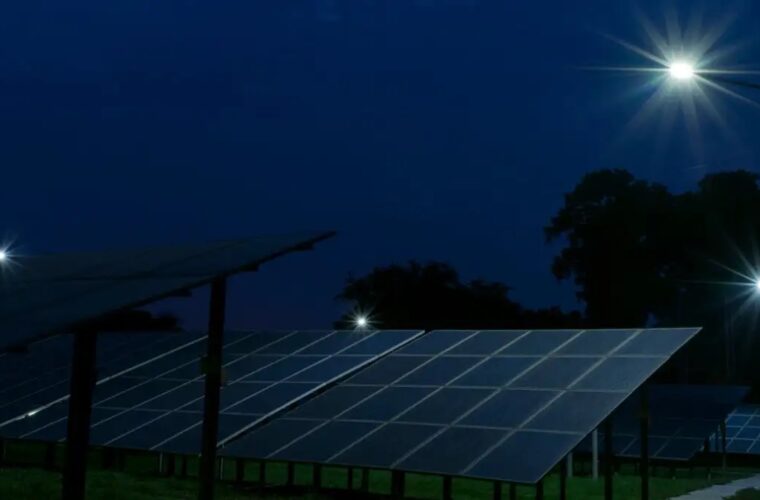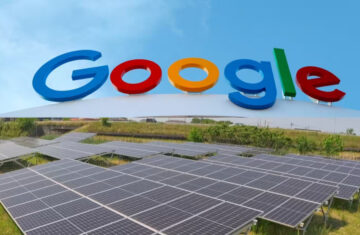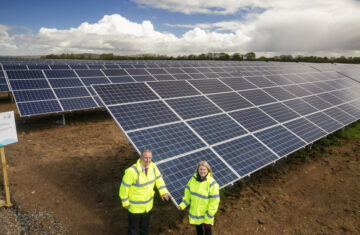Powering the Future: How Government Policies Drive the Green Energy Revolution
The Role of Policy in Shaping the Green Energy Landscape
Governments around the world have recognized the urgency of transitioning to a more sustainable energy future and have implemented a range of policies to support the growth of the green energy industry. These policy interventions have played a critical role in accelerating the deployment of renewable energy technologies and fostering a more favorable environment for investment and innovation.
Setting Ambitious Renewable Energy Targets

One of the key ways governments have driven the green energy transition is through the establishment of ambitious renewable energy targets. According to the International Renewable Energy Agency (IRENA), as of 2021, 166 countries had adopted renewable energy targets, up from just 43 countries in 2005. These targets often set specific goals for the share of renewable energy in a country’s total energy mix or electricity generation.
For example, the European Union has set a target of achieving at least a 32% share of renewable energy in its total energy consumption by 2030. In the United States, the Biden administration has set a goal of achieving 100% carbon-free electricity by 2035. These clear and measurable targets provide a framework for policy development and investment, ensuring that the transition to renewable energy remains a priority.
Implementing Supportive Policy Mechanisms
Governments have also employed a range of policy mechanisms to support the growth of the green energy sector. These include:
Feed-in Tariffs and Renewable Energy Auctions
Feed-in tariffs (FITs) are policies that guarantee renewable energy producers a fixed, above-market price for the electricity they generate, providing a stable revenue stream and incentivizing investment. Renewable energy auctions, on the other hand, are competitive bidding processes that allow governments to procure renewable energy at the lowest possible cost.
According to the International Energy Agency (IEA), the global installed capacity of renewable energy supported by FITs reached 290 gigawatts (GW) in 2021, while auctions supported 218 GW of renewable energy capacity.
Tax Incentives and Financial Subsidies

Many governments offer tax incentives and financial subsidies to encourage the adoption of renewable energy technologies. These can take the form of tax credits, rebates, or direct financial support for the installation of solar panels, wind turbines, or other green energy systems.
The United States, for example, provides a federal investment tax credit of up to 30% for residential and commercial solar PV installations. In India, the government offers various financial incentives, such as capital and interest subsidies, to promote the deployment of renewable energy projects.
Emissions Trading Schemes and Carbon Pricing
Governments have also implemented policies that put a price on carbon emissions, such as emissions trading schemes and carbon taxes. By making it more expensive to emit greenhouse gases, these policies create a financial incentive for businesses and consumers to transition to cleaner, renewable energy sources.
The European Union’s Emissions Trading System (EU ETS) is the world’s largest carbon market, covering around 40% the EU’s greenhouse gas emissions. Similarly, countries like Canada, China, and Sweden have introduced national or subnational carbon pricing schemes.
Fostering Innovation and Technological Advancement
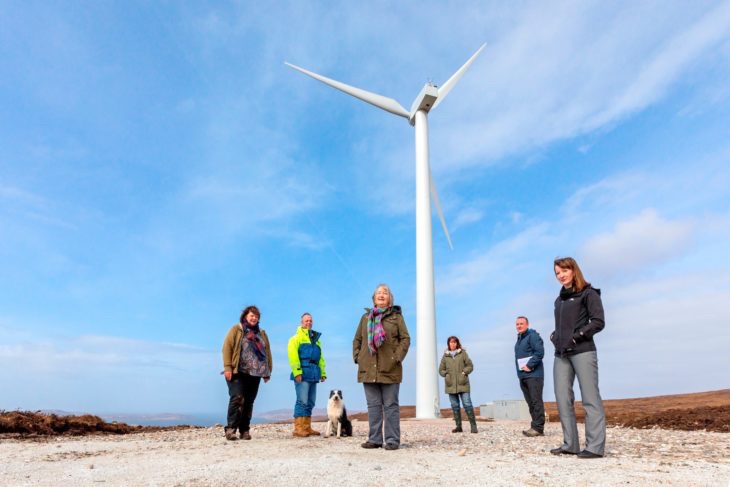
In addition to policy mechanisms that directly support renewable energy deployment, governments have also implemented policies to drive innovation and technological advancement in the green energy sector.
Funding Research and Development
Governments have invested heavily in research and development (R&D) to support the development of new and improved renewable energy technologies. The International Energy Agency (IEA) reports that global public spending on energy R&D reached $30.9 billion in 2021, with a significant portion dedicated to renewable energy and energy efficiency technologies.
For example, the U.S. Department of Energy’s Office of Energy Efficiency and Renewable Energy (EERE) has a budget of over $4 billion for the 2023 fiscal year, much of which is dedicated to advancing renewable energy and energy storage technologies.
Promoting Pilot and Demonstration Projects
Governments have also played a crucial role in supporting the deployment of pilot and demonstration projects for emerging green energy technologies. These projects help to validate the technical and economic viability of new solutions, reducing the risk for private-sector investors and accelerating their commercialization.
The European Union’s Horizon Europe program, for instance, provides funding for collaborative research and innovation projects, including those focused on renewable energy, energy storage, and other clean energy technologies.
Enabling Infrastructure Development

Governments have recognized the importance of modernizing and expanding energy infrastructure to accommodate the growing share of renewable energy. This includes investments in grid upgrades, energy storage systems, and the development of new transmission and distribution networks.
The U.S. government, for example, has proposed a $2 trillion infrastructure plan that includes significant funding for clean energy projects and grid modernization efforts.
Addressing Challenges and Barriers
While government policies have been instrumental in driving the growth of the green energy sector, policymakers also face the challenge of addressing various barriers and challenges that can hinder the pace of the transition.
Overcoming Regulatory and Administrative Hurdles
One of the key challenges is navigating the complex regulatory and administrative frameworks that govern the energy sector. Streamlining permitting processes, simplifying grid interconnection procedures, and harmonizing regulations across different jurisdictions can help to reduce barriers to renewable energy deployment.
Ensuring a Just and Inclusive Transition
The transition to a green energy future must also be accompanied by a just and equitable process that considers the impacts on workers, communities, and vulnerable populations. Governments can support this by implementing policies that protect jobs, provide retraining and skills development, and ensure that the benefits of the green energy transition are shared broadly.
Addressing Grid Integration and Energy Storage Challenges
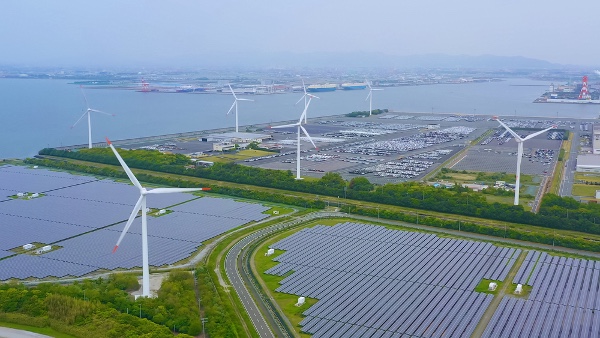
As the share of variable renewable energy sources, such as solar and wind, continues to grow, the challenge of integrating these resources into the existing electricity grid becomes more pressing. Governments can support the development of advanced grid management technologies, energy storage solutions, and flexible demand-side management strategies to overcome these challenges.
Conclusion
Government policies have played a pivotal role in driving the growth of the green energy industry, from setting ambitious renewable energy targets to implementing a range of supportive policy mechanisms. By fostering innovation, addressing challenges, and creating a favorable investment climate, policymakers have been instrumental in accelerating the transition to a more sustainable energy future.
As the world continues to grapple with the urgent need to reduce greenhouse gas emissions and mitigate the impacts of climate change, the continued evolution and refinement of government policies will be crucial in shaping the trajectory of the green energy revolution.
